Operational Improvements
December 11, 2024
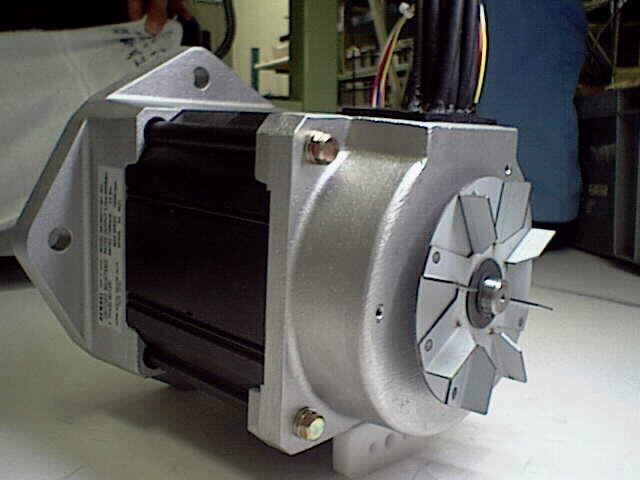
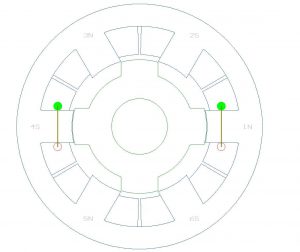
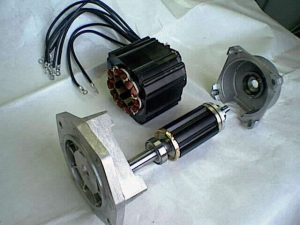
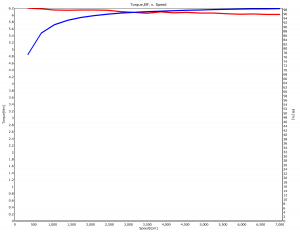
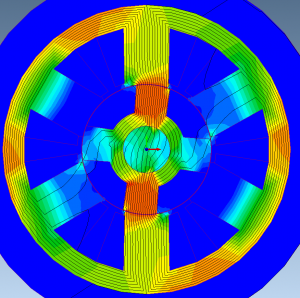
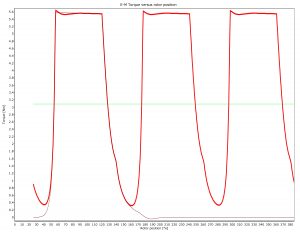
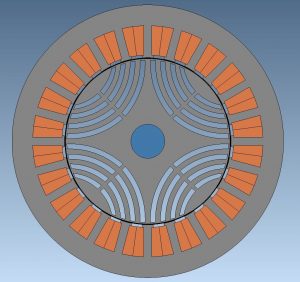
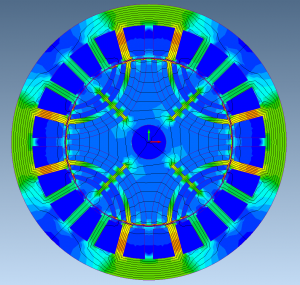
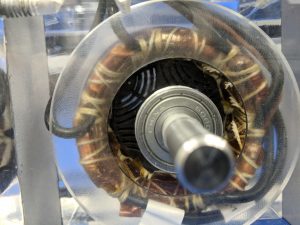
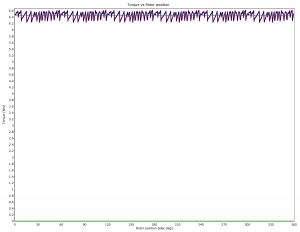
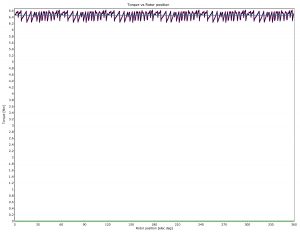
| PM brushless | VSR | SYR | |
| Laminations (lb) | 0.48 | 0.53 | 0.42 |
| Copper (lb) | 0.22 | 0.28 | 0.16 |
| Magnet (lb) | |||
| Magnet Assembly | 2.75 | 0.00 | 0.00 |
| Shaft | 1.50 | 1.50 | 1.50 |
| Bearings | 2.00 | 2.00 | 2.00 |
| Endbells | |||
| Housing | |||
| Assembly | |||
| Lamination $/lb | 2.00 | 3.00 | 3.00 |
| Copper $/lb | 10.00 | 10.00 | 10.00 |
| Magnet $/lb | 5.60 | ||
| Total Cost | 9.41 | 7.88 | 6.35 |